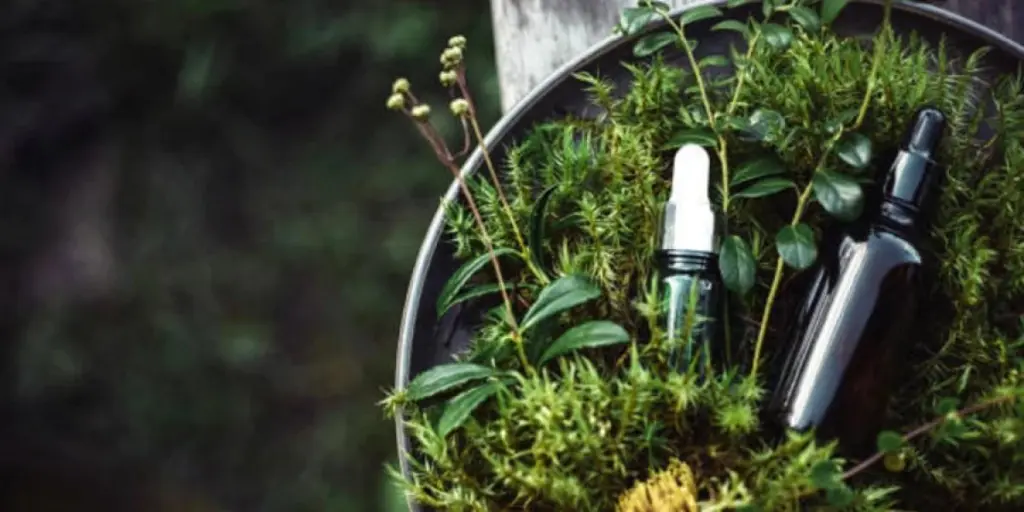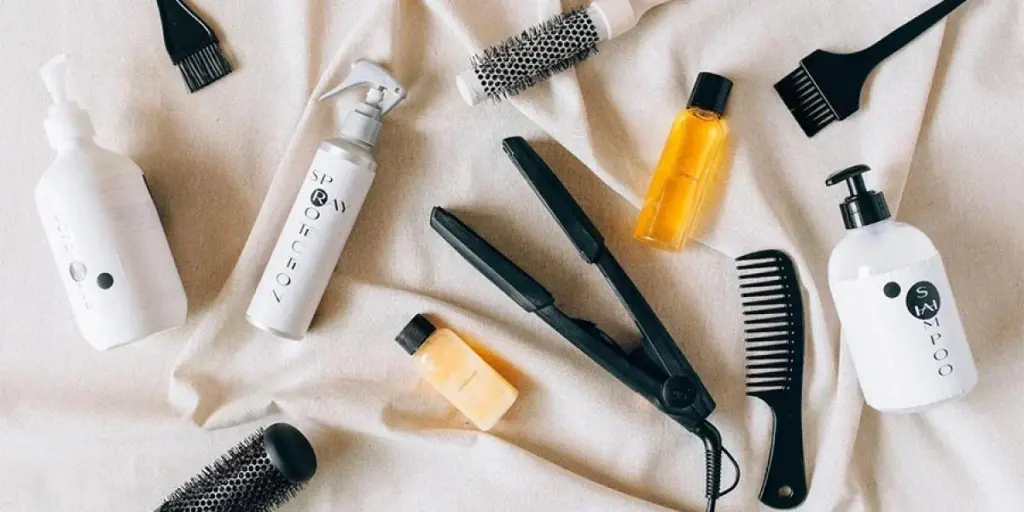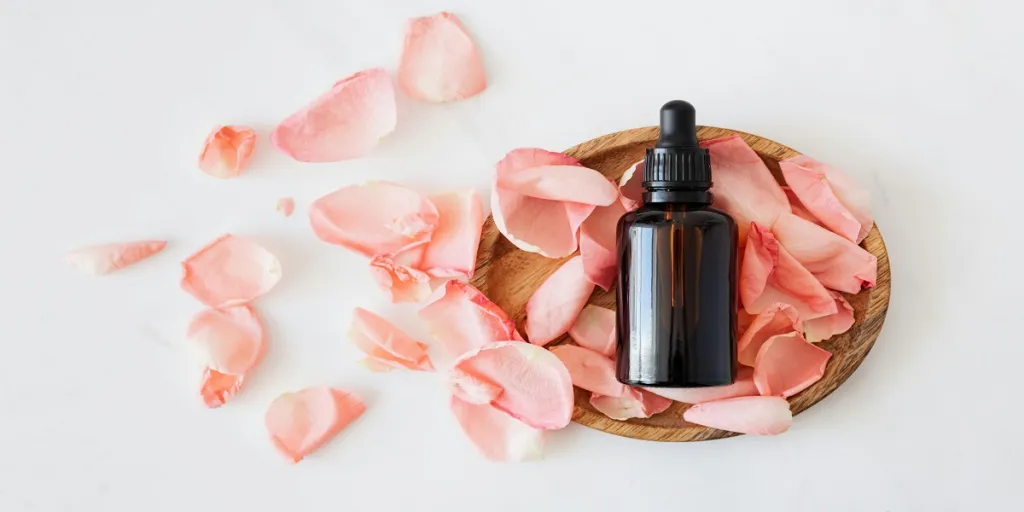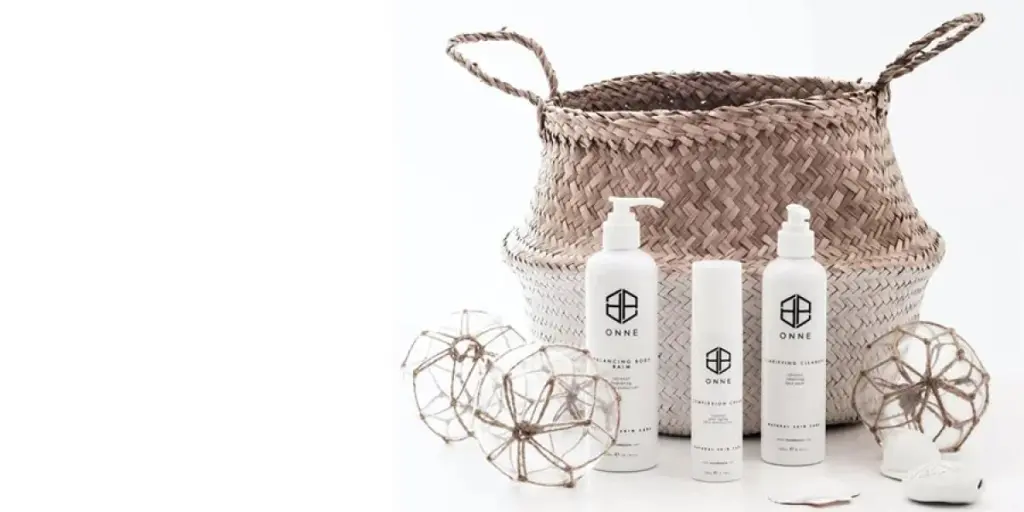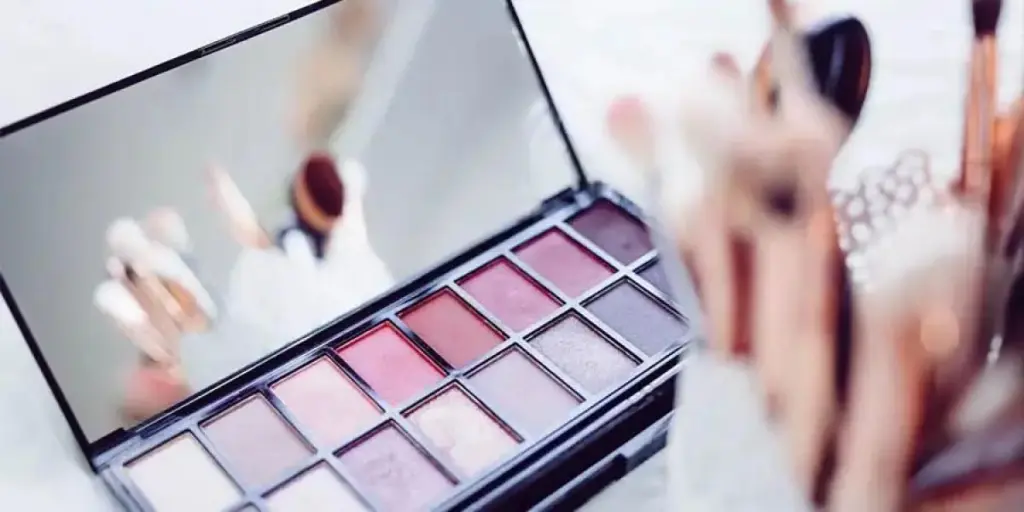Sustainability is no longer just an aspiration, but a necessity for the beauty industry. One key shift is towards regenerative agriculture, which rehabilitates soil health through techniques like cover cropping, crop rotation, and reduced tilling. Beauty brands are increasingly turning to regenerative practices for their ingredients and products as consumers demand supply chain transparency and more natural, ethically-sourced formulas. This trend provides an opportunity for the industry to make substantive changes that benefit both the planet and product performance. Regenerative farming yields crops with enhanced mineral and phytonutrient levels, allowing brands to offer skin-nourishing, hair-strengthening formulas that also honor the earth. Read on to explore the drivers pushing regenerative agriculture to the forefront of the beauty industry and get advice for leveraging its benefits.
Table of Contents:
1. The rise of regenerative beauty brands
2. Scaling regeneration through supply chains
3. Honoring local and traditional farming methods
4. Offering more potent formulations
5. Final words
The rise of regenerative beauty brands

A new wave of beauty brands are building their businesses around local, regenerative approaches from the ground up. These brands are establishing end-to-end supply chains where they control farming practices directly. For example, skincare company FaTH owns the farms that grow all their ingredients, giving them complete transparency. Meanwhile, French makeup brand Eclo only uses ingredients known for regenerative properties, like rye and hemp, and Italian skincare brand Seed to Skin sources from micro farms around the world.
A key focus for these brands is collaboration, working closely with farmers and organizations to set regenerative criteria. Seed to Skin uses ingredients from over 50 regenerative farms and partners with groups like Regenerative Organic Certified to establish standards. Similarly, Eclo works with the organization Pour une agriculture du vivant to accelerate the transition to sustainable practices. This community-focused approach allows brands to implement regenerative models while ensuring fair compensation for farmers.
By taking ownership of sourcing and production, these regenerative brands offer consumers transparency and deliver products that are good for skin and for the planet. Their deep engagement with farmers also preserves invaluable generational and ecological knowledge.
Scaling regeneration through supply chains
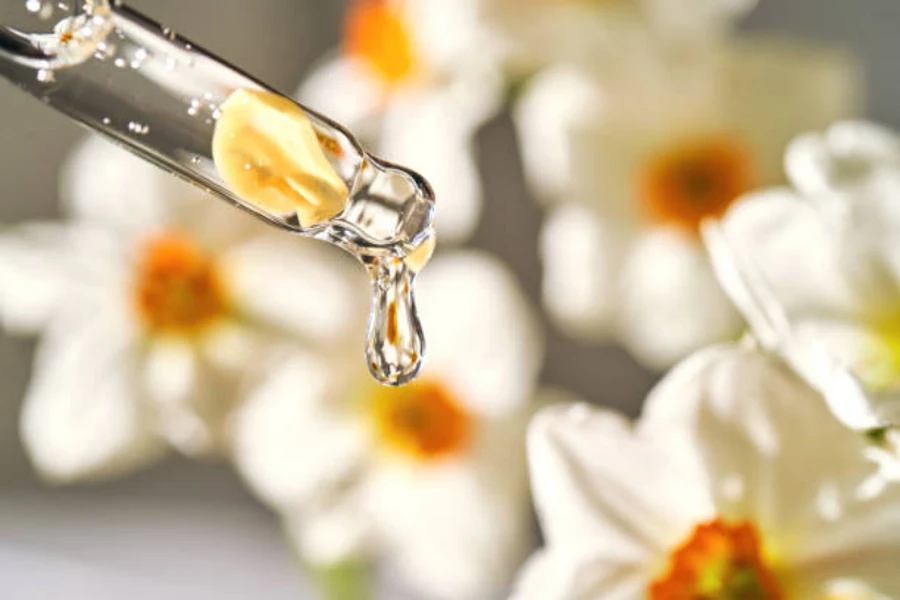
Large established brands are also realizing the benefits of regenerative agriculture and implementing sustainable changes across expansive global supply chains. Beauty industry leaders like YSL, Dior, and Unilever are collaborating with regenerative farming experts and launching long-term programs to transition their ingredient sourcing.
For example, as part of its partnership with Re:Wild, YSL is reversing desertification in Morocco where it grows botanical ingredients by planting native tree species. Unilever has outlined a set of regenerative principles, like maintaining diverse crops and keeping living roots in the ground, for the millions of hectares of land used for its raw materials.

These brands are taking a gradual, phased approach to the transition. In 2022, Guerlain reformulated a perfume range using organically grown, regenerative beetroot alcohol. Dior is converting its flower gardens to organic methods by 2030. Partnerships allow brands to identify priority ingredients, gather data, and determine the resources farmers need to adopt regenerative practices.
While this monumental supply chain shift requires time and investment, it allows large corporations to scale sustainable impact. Monitoring progress and sharing transparent information helps consumers understand the journey. With clearer reporting and incentives for farmers, regeneration can spread across all levels of the supply chain.
Honoring local and traditional farming methods

When adopting regenerative agriculture, beauty brands must respect local and ancestral knowledge, as many regenerative techniques originate from Indigenous farming practices. Brands embracing hyper-local ingredients and revisiting traditions inherit more sustainable models that nourish both the land and communities.
For example, Japanese skincare brand DAMDAM uses only heritage ingredients grown by regional regenerative farmers, purchasing whole crops to support local economies dependent on rare native plants. Organizations like the Laikipia Permaculture Centre in Kenya work to preserve pastoral lifestyles by teaching regenerative methods. UK brand Lush sources sustainably harvested aloe from this center to honor its preservation work.
Maintaining an equitable approach is crucial when partnering with farmers. Brands should ensure fair wages, provide education on techniques, and empower communities to lead regeneration efforts themselves. Costa Rican female farming cooperative Coopecuna, which restores ecosystems, has increased incomes 300% by working with brands like Thrive Natural Care.
By valuing traditional ecological knowledge as much as modern science, brands can develop innovative solutions in harmony with nature. Sourcing hyper-locally also reduces transportation emissions and stimulates rural businesses preserving generations of wisdom. Through collaboration and compensation, the beauty industry can leverage tradition to create a more sustainable future.
Offering more potent formulations

Regenerative agriculture provides another major benefit beyond sustainability – more nutritious ingredients that enhance product performance. Plants grown in healthy, living soil have higher levels of phytonutrients, antioxidants, and minerals. By using regeneratively grown botanicals, brands can create formulations that deliver visible results.
For example, Belgian brand Terres D’Afrique sources potent African ingredients from regenerative farms for its skincare, including nutrient-dense baobab and kigelia. Italian skincare brand Beauty Thinkers partners with a regenerative olive farm claiming its oil delivers more antioxidant hydroxytyrosol than conventional methods.
Thrive Natural Care uses botanicals like juanilama and coralillo from Costa Rican farms to create “superplant oils” full of nutrients that also rehabilitate degraded soil. True Botanicals conducted clinical trials on its calendula cream featuring regenerative calendula oil, proving increased hydration and skin barrier improvement.
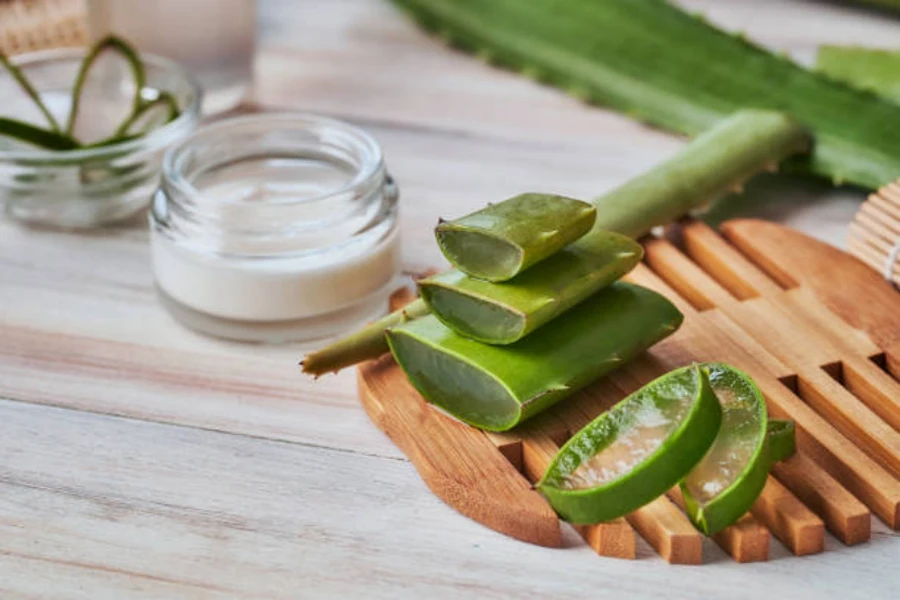
While regenerative ingredients offer formulation benefits, brands must back claims through research. Consumer education is also key, as “regenerative” and “soil health” are new concepts for many. Nevertheless, the opportunity to provide high-performing products with an ethical supply chain is driving more brands to rethink their sourcing.
With healthier soils yielding more potent botanicals, the possibilities are boundless for developing clean, sustainable formulas that get real results. Regenerative agriculture merges ethics with efficacy in an exciting new chapter for the beauty industry.
Final words
Regenerative agriculture represents a true win-win for the beauty industry, allowing brands to implement ethical and sustainable practices while also enhancing product performance. By honoring ancestral wisdom and fostering transparency through localized partnerships, companies can nurture both pristine ingredients and customer trust. While transitioning supply chains requires gradual steps and investment, the opportunity to merge principle with potency makes regeneration well worth the effort. With conscientious brands leading the way, the future of sustainable beauty has healthy soil and even healthier consumers at its roots.
